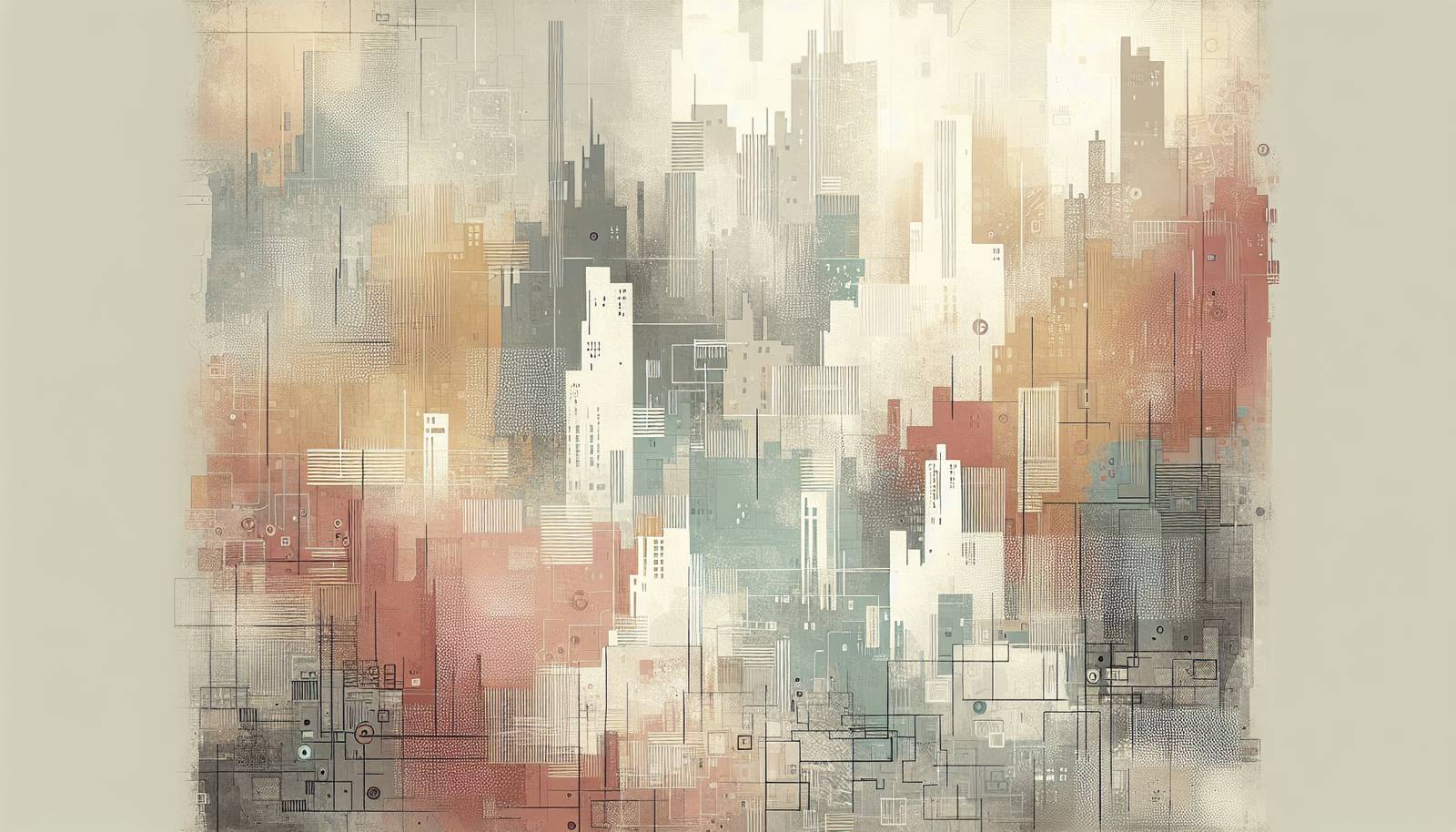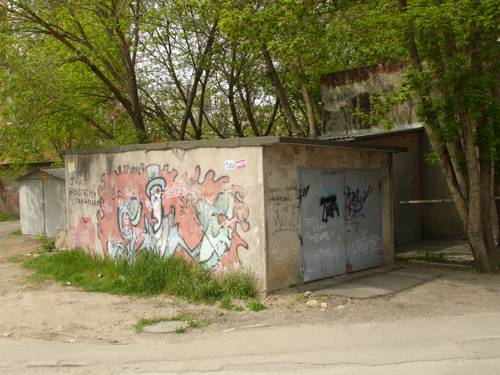
FAQ About The Influence of Graffiti on Urban Landscapes

What is graffiti and how does it impact urban landscapes?
Graffiti refers to writings, drawings, or paintings that are usually created on public surfaces. It impacts urban landscapes by adding visual and cultural layers to the environment. It often represents social and political messages, enhancing the urban aesthetic with unique expressions of identity and community.

How does graffiti serve as a form of social commentary?
Graffiti serves as social commentary by conveying messages about political, social, and cultural issues. Artists use public spaces to express dissent, share perspectives, and highlight issues that may not be addressed in mainstream media. This can initiate public discourse and reflection on pressing societal matters.

What are the different styles of graffiti art?
Graffiti art encompasses various styles including tags, throw-ups, stencils, pieces, and murals. Tags are simple, quickly rendered signatures, while throw-ups and pieces are more elaborate with colors and design. Stencils and murals can incorporate intricate details and are often used for conveying more complex messages or artistic expressions.

How does graffiti transform city environments?
Graffiti can transform city environments by turning mundane or neglected areas into vibrant public art galleries. It contributes to city aesthetics, often revitalizing areas, attracting tourism, and fostering a sense of community pride. However, transformation also depends on the context and legality of the art as it can sometimes be perceived as vandalism.

Are there famous cities known for their graffiti scenes?
Yes, cities like Berlin, New York, São Paulo, and Melbourne are well known for their vibrant and diverse graffiti scenes. These cities attract artists from around the world and offer platforms for both traditional street art and contemporary graffiti, contributing significantly to their urban identity and culture.

What role does graffiti play in urban renewal projects?
In urban renewal projects, graffiti can play a role in beautifying and revitalizing areas slated for redevelopment. By incorporating graffiti art, projects can engage local artists and communities, add aesthetic value, and sometimes challenge social issues tied to gentrification and community displacement.

Is graffiti considered legal or illegal?
The legality of graffiti varies by location. In many places, unauthorized graffiti is considered illegal and punishable by fines or other penalties. However, certain cities have designated legal walls or embrace graffiti as part of public art projects, allowing artists to create without the risk of legal consequences.

How does graffiti influence local culture?
Graffiti influences local culture by reflecting the community's values, struggles, and aspirations. It provides a voice for underrepresented groups and can shape the identity of neighborhoods. Through festivals and exhibitions, it also fosters cultural engagement and exchange among artists and residents.

Can graffiti be considered art or vandalism?
Graffiti is often at the crossroads between art and vandalism. When done with artistic intent and skill, it is considered a form of public art. However, unauthorized graffiti, especially if it defaces property or lacks artistic ambition, is often perceived as vandalism. The distinction largely depends on public perception and the context of its creation.

What materials are commonly used in graffiti art?
Common materials used in graffiti include spray paint, markers, and inks. Some artists also use rollers, brushes, and stencils to achieve different textures and effects. The choice of materials often influences the style and permanence of the graffiti.

How has technology influenced modern graffiti?
Technology has significantly influenced modern graffiti by introducing new tools and platforms for creation and dissemination. Artists use digital tools for design planning, augmented reality apps to simulate graffiti before execution, and social media to share their work globally, expanding the reach and influence of their art.

What is the significance of graffiti in areas of political conflict?
In areas of political conflict, graffiti often takes on significant meaning as a form of resistance and a tool for activism. It can serve as a powerful means for marginalized voices to communicate their narratives and critique political situations, often gaining international attention and support.

How do communities generally perceive graffiti?
Community perception of graffiti can be mixed. Some view it as a valuable form of self-expression and communication that adds cultural and artistic depth to urban spaces. Others see it as a contributor to urban decay and a symbol of lawlessness, particularly when it involves tagging or defacement of property.

What are some common misconceptions about graffiti?
A common misconception is that all graffiti is gang-related or solely for vandalism, whereas many graffiti artists are motivated by artistic expression and cultural commentary. Another misconception is that graffiti is always illegal, although many cities promote legal street art through designated spaces and events.

How does graffiti impact tourism in a city?
Graffiti can significantly enhance tourism by transforming cities into vibrant canvases that attract visitors seeking authentic cultural experiences. Iconic works and prolific street art neighborhoods often become major attractions, contributing to local economies and urban branding strategies.

What is the relationship between graffiti and hip-hop culture?
Graffiti has historic ties to hip-hop culture, originating as one of its primary art forms alongside DJing, MCing, and breakdancing. It emerged in tandem with hip-hop in the 1970s and continues to influence and reflect the music, values, and street culture associated with this genre.

How do artists get recognized in the graffiti community?
Artists gain recognition in the graffiti community through styles, techniques, and the impact of their work. Participation in street art festivals, collaboration with other artists, and effective use of social media platforms are common ways to build a reputation and gain a following.

How do public policies impact the practice of graffiti?
Public policies can significantly influence the practice of graffiti by either criminalizing it or supporting it as an art form through legal spaces and sponsorship. Policy decisions impact how graffiti is perceived, offering opportunities for accepted street art or imposing strict limitations.

What future trends are emerging in graffiti and urban art?
Emerging trends in graffiti and urban art include the integration of digital media, like augmented reality overlays, and eco-friendly materials, enhancing sustainability. There is also a growing movement towards recognizing graffiti as a legitimate art form with dedicated spaces in urban development plans.
